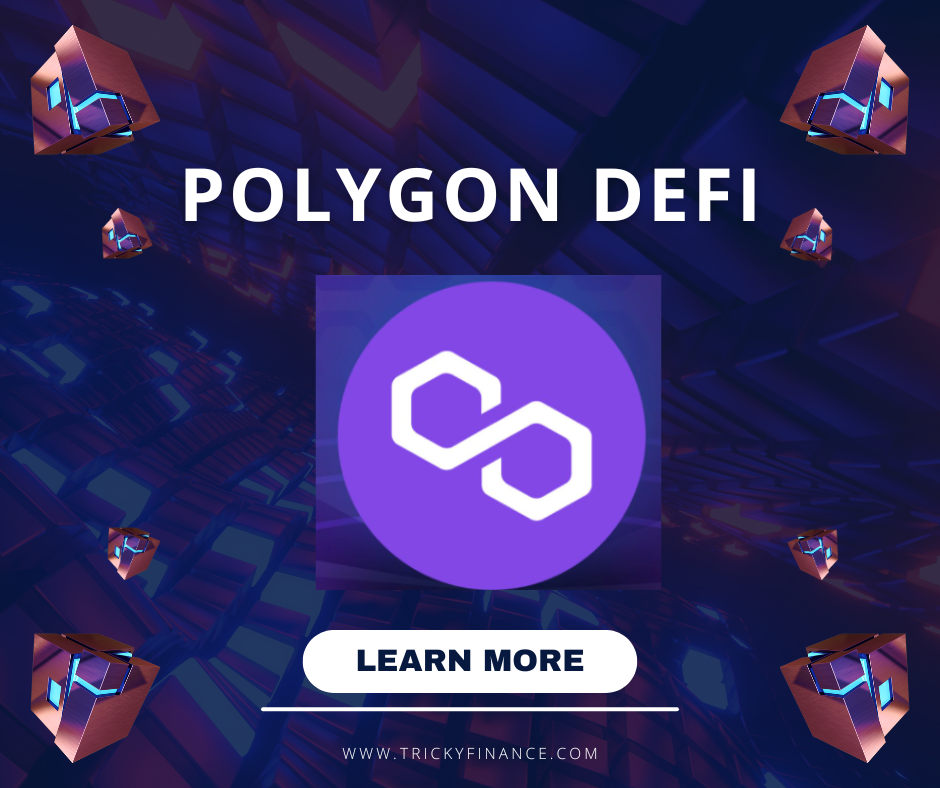1. QuickSwap
It stands out as a layer-2 decentralized exchange (DEX), facilitating seamless transactions between the Ethereum blockchain and Polygon. Its notable features include:
- Liquidity Hub: It functions as a decentralized optimization layer above Automated Market Makers (AMMs), addressing the challenge of fragmented liquidity in DeFi. By accessing external liquidity sources, it ensures improved swap prices for users.
- V3 Concentrated Liquidity Model: Holding a V3 license from Algebra, it empowers users to establish liquidity within specific price ranges. This innovative approach enhances capital efficiency, albeit requiring manual portfolio rebalancing if liquidity shifts outside the designated range.
- Active Liquidity Management: It collaborates with Gamma for V3 active liquidity management. The protocol automatically adjusts Liquidity Provider (LP) positions, facilitating auto-compounding rewards without the need for manual portfolio adjustments.
- Cross-Chain Swaps: Users can effortlessly swap ERC-20 tokens across 11 different networks using Squid’s integrated widget, powered by the Axelar Network. This seamless integration enhances accessibility and flexibility for users seeking cross-chain interoperability.
2. 1inch
It is a layer-2 decentralized exchange (DEX) that acts as a bridge between Ethereum and Polygon. Its main offerings are as follows:
- Aggregation Protocol: Utilizing the innovative Pathfinder algorithm, it discovers and routes asset exchanges at optimal rates across various liquidity sources. It effectively divides swaps between different protocols and market depths.
- Liquidity Protocol: Previously known as Mooniswap, this Automated Market Maker (AMM) provides capital-efficient liquidity positions while safeguarding users from front-running.
- Limit Order Protocol: Users have the ability to place limit orders and RFQ (Request for Quote) orders with great flexibility and high gas efficiency. The gasless limit order feature reduces the barrier to entry for new users.
- P2P Transactions: Through 1inch Peer-to-Peer, users can conduct over-the-counter-style trades of any ERC20 token.
- Mobile Wallet: The 1inch Wallet, accessible on both iOS and Android platforms, empowers users with non-custodial control, competitive swap rates, and a seamless web3 browsing experience.
3. Uniswap V3
It is a non-custodial automated market maker (AMM) built on the Ethereum Virtual Machine. With a cumulative lifetime trading volume exceeding $1 trillion, Uniswap V3 holds a prominent position in the DeFi ecosystem. Its notable features include:
- Concentrated Liquidity: Liquidity Providers (LPs) gain meticulous control over price ranges for their assets. Unlike Uniswap V2, where liquidity is evenly spread, V3 enables LPs to precisely allocate capital where trading activity occurs, thereby maximizing returns.
- Multiple Fee Tiers: LPs receive appropriate compensation corresponding to the risk they undertake. Uniswap V3 offers different fee tiers, ensuring equitable rewards for various levels of liquidity provision.
- Improved Oracle System: Uniswap V3’s oracles deliver time-weighted average prices (TWAPs) over approximately the past nine days, streamlining integration and reducing costs for developers.
4. KyberSwap
KyberSwap stands as a multichain aggregator and DeFi hub, providing users with insights and tools to attain financial independence. It operates on decentralized finance (DeFi) principles, delivering a platform that is fast, secure, and user-friendly. Key features include:
- Optimal Market Rates: KyberSwap’s aggregator locates the best prices across multiple exchanges and consolidates them into a single trade.
- Limit Orders: Users have the ability to establish preferred rates by setting limit orders.
- Inter-Chain Swaps: Easily swap between different tokens across a variety of chains.
- Crypto Purchases: Acquire cryptocurrencies using credit/debit cards, mobile wallets, or bank accounts.
5. Aave
Princy Agarwal, a postgraduate in English from Delhi University, writes content for Tricky Finance, where they simplify complex financial topics for readers. With a knack for clear communication, Princy’s work helps make finance understandable and accessible to all.




